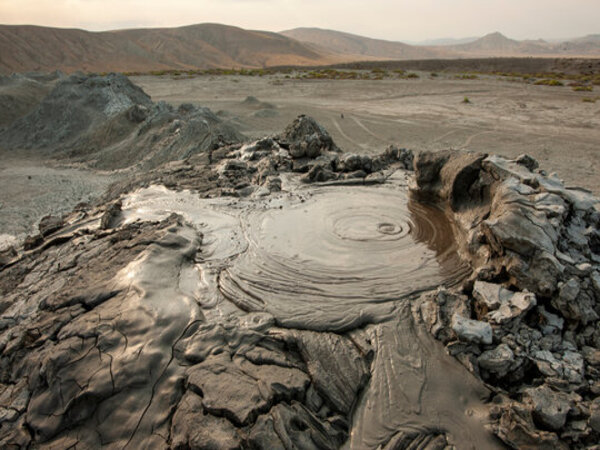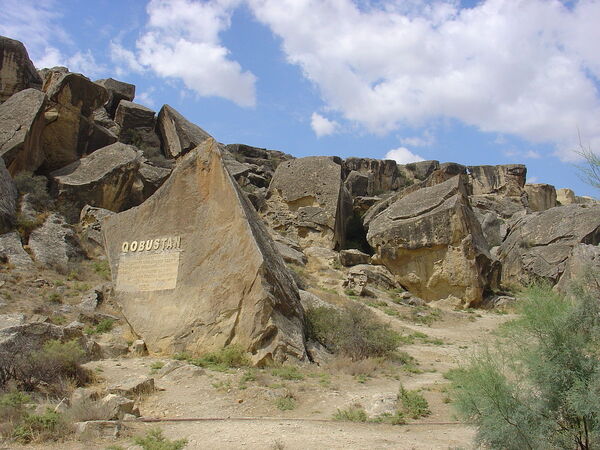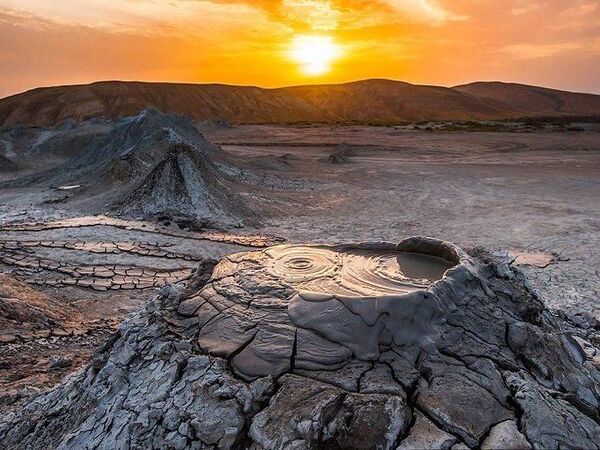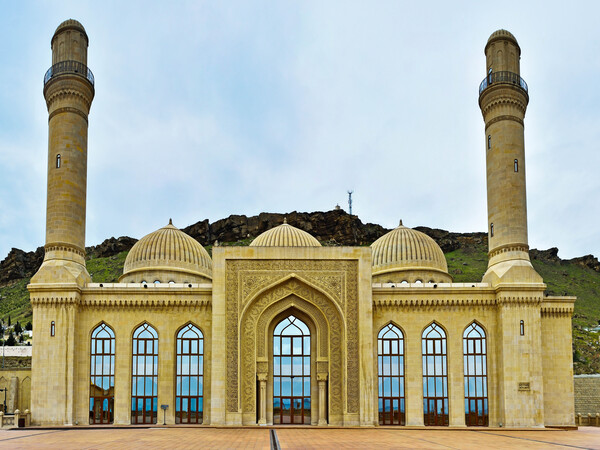GOBUSTAN MUD VOLCANOES
Description
Gobustan Mud Volcanoes Tour is a unique and exciting experience for tourists visiting Azerbaijan. Gobustan is home to one of the largest mud volcano complexes in the world, with over 300 mud volcanoes. On the tour, visitors can witness the bubbling and gurgling mud pools and see the volcanic activity up close. Aside from the mud volcanoes, the Gobustan region is also home to ancient petroglyphs, which are prehistoric rock carvings that offer a glimpse into the past civilizations that lived in the area. Book now and get an unforgettable experience.
| Price for adult (Age 11 - 99) : 26 USD | Price for child (Age 6 - 10) : 13 USD | Price for infant (0 - 5) : 0 USD |
| Start: 10 AM | Finish : 2 PM | Duration : 4 Hour |
Tour Program
- Pickup from hotel
- Mud Volcanos
- Gobustan National Park
- Transfer to hotel or city center
- Included: Transportation, Tour Guide
- Excluded: Entrance Fees
Destinations
Mud Volcanos
Mud volcanoes are formed by the eruption of natural gases and mud from the earth's surface. These geological formations are quite different from the conventional volcanoes that are formed by the eruption of lava and volcanic rocks. There are more than 400 mud volcanoes in Azerbaijan, and the majority of them are located in and around the Absheron Peninsula, which is where Baku is situated. The largest mud volcano in the world, the Boyuk Khanizadagh, is also located in Azerbaijan, about 15 km from Baku.
Gobustan National Park
Gobustan National Park in Azerbaijan is a must-visit destination for tourists. It's an open-air museum with over 6,000 prehistoric rock engravings dating back to the Upper Paleolithic period, depicting hunting, dancing, and rituals. The park's diverse landscape includes mud volcanoes, rocky outcrops, and desert vegetation, making it a perfect spot for hiking, camping, and birdwatching. Visitors can also learn about the park's history and ecology at the on-site museum. It's a unique opportunity to explore Azerbaijan's rich cultural and natural heritage.
Bibiheybat Mosque
The Bibi-Heybat Mosque (Azerbaijani: Bibiheybət məscidi) is a historical mosque in Baku, Azerbaijan. The existing structure, built in the 1990s, is a recreation of the mosque with the same name built in the 13th century by Shirvanshah Farrukhzad II Ibn Ahsitan II, which was completely destroyed by the Bolsheviks in 1936. The Bibi-Heybat Mosque includes the tomb of Ukeyma Khanum (a descendant of The Islamic Prophet Muhammad), and today is the spiritual center for the Muslims of the region and one of the major monuments of Islamic architecture in Azerbaijan. It is sometimes known as "the mosque of Fatima", which is what Alexandre Dumas called it when he described the mosque during his visit in the 1850s.




